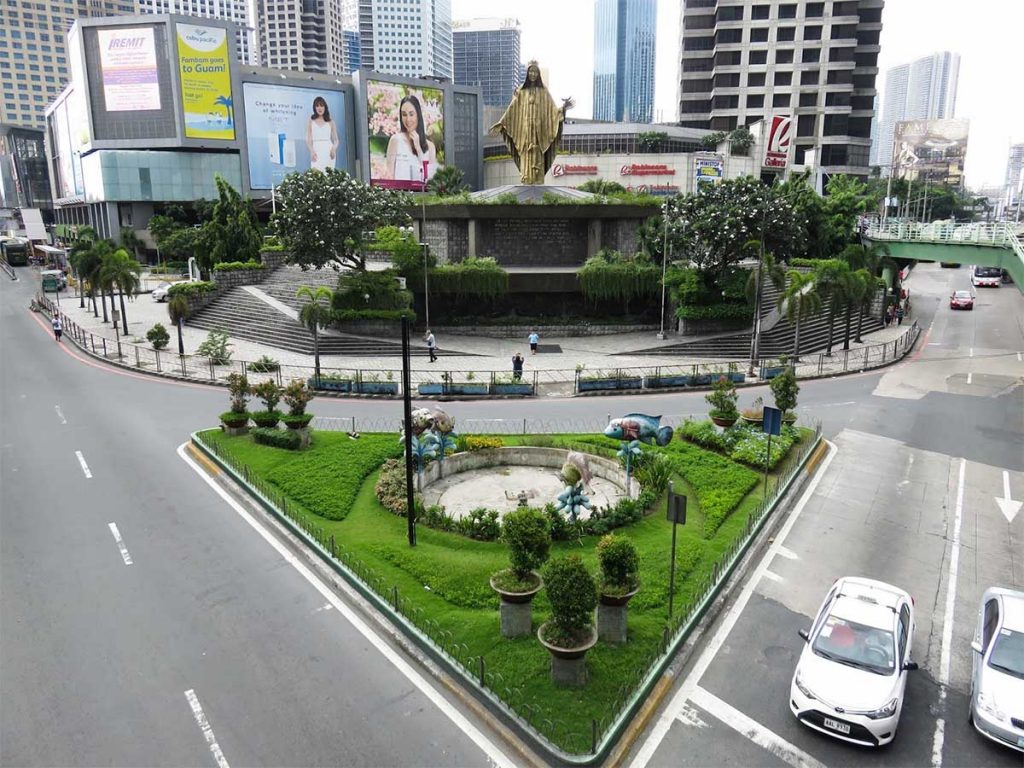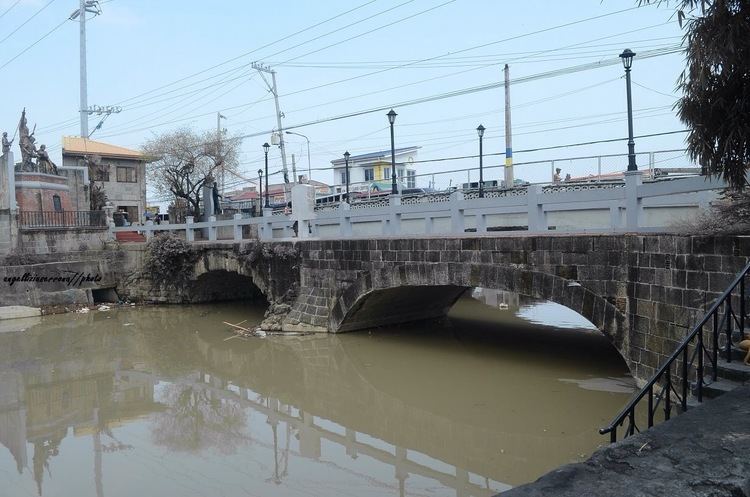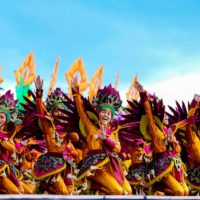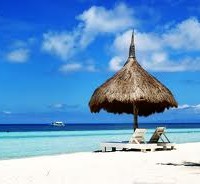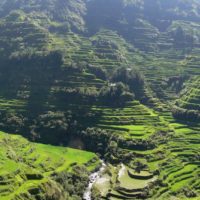
The Philippines is rich in history from the very beginning of its existence. While most people enjoy its different exciting tourist spots and places, some people also love to discover the historical origins that resulted in the beautiful Philippines today. I have listed the top 10 historical sites in the Philippines that you might want to discover upon visiting this lovely country.
Paco, Manila
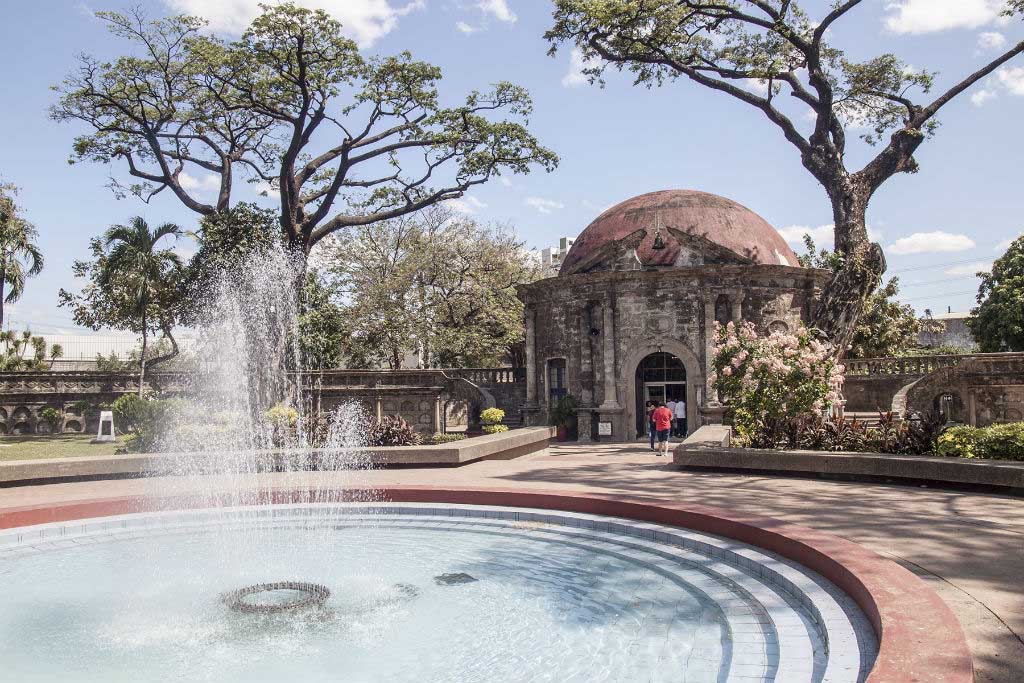
Paco was once a graveyard for rich family members during the Spanish times, and where national heroes Jose Rizal and Gomburza were buried before their remains were relocated to Bagumbayan (present-day Luneta Park). Designed in the late 17th century, the 4,000-square-meter recreation area features a garden and an open-air amphitheater that have set the level for many occasions—from past to present-day marriages, live shows, musicals, and displays. One of its shows where people love to watch is called Filipino eskrima (stick martial arts) where experts develop their conventional battling skills.
Fort Santiago
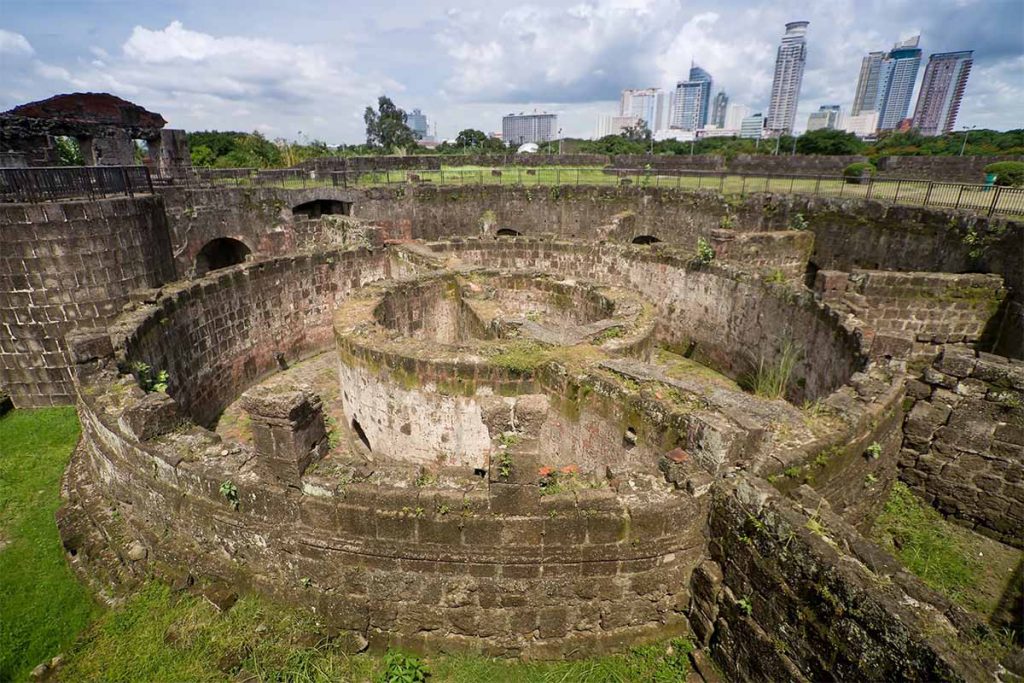
Built in 1571 for Spanish conquistador Miguel Lopez de Legazpi, Fort Santiago or Fuerza de Santiago is the oldest Spanish fortress in the Philippines and one of the major attractions inside Intramuros in Manila. These days, among the Fort’s most well-preserved destinations, are the Japanese-era M4 Sherman container, WWII artillery and subterranean channels used by the Japanese, the former Spanish dungeon of Plaza de Armas, and Rizal Shrine which was the prison cell of the Philippines’ national hero Dr. Jose Rizal. The final footsteps of Rizal before he was executed are signified on the fort’s floor. A museum is also present depicting the brave life and last poetry (Mi Ultimo Adios) of Rizal.
Vigan
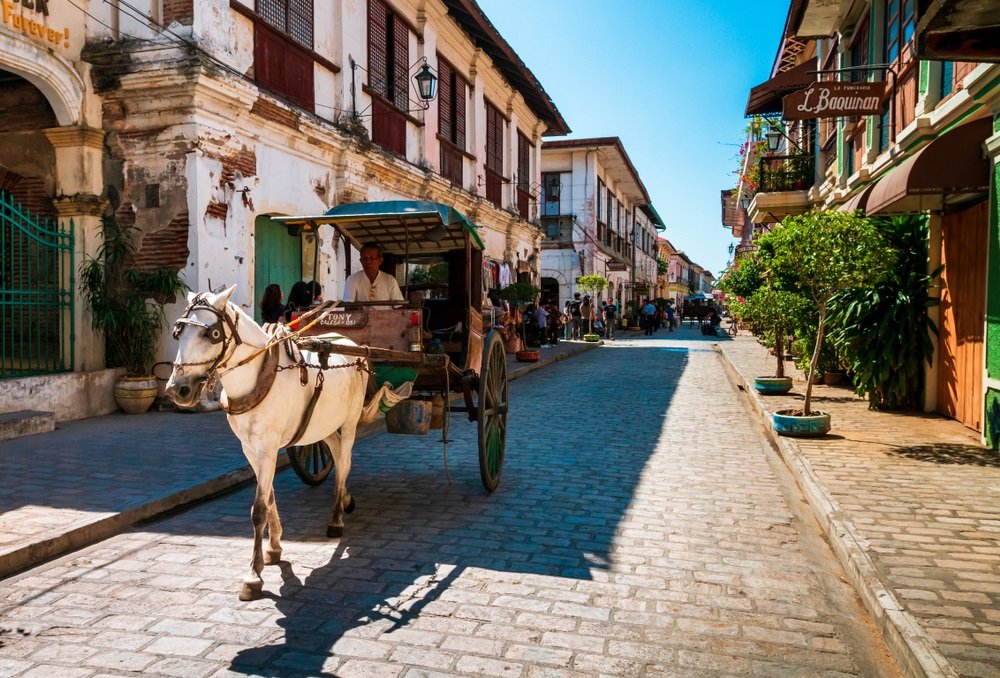
One of the Philippines’ most wonderful places, Vigan features the Spanish record of the nation. This town is in the northern part of the Philippines and its heritage village was known and listed since December 2, 1999, in the UNESCO world heritage list for its unique Spanish colonial history where Spanish monumental buildings built in the 18th century are well preserved up to this day.
Rizal Shrine
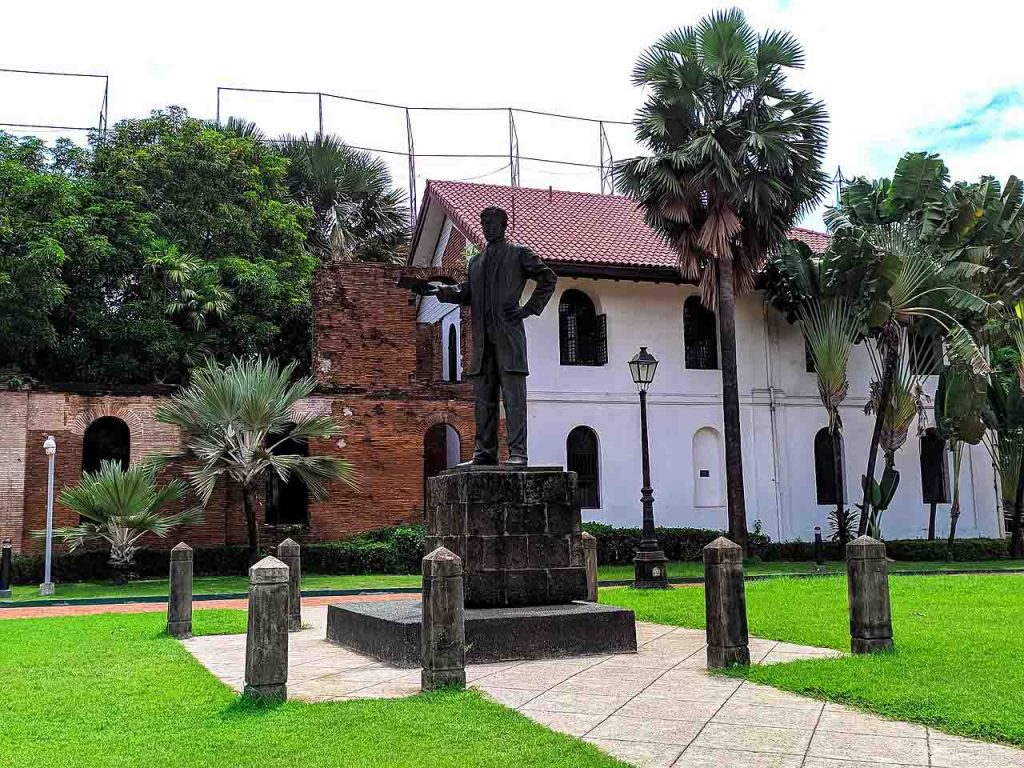
A complex building located on Santa Clara Street, Fort Santiago, Intramuros, Manila. This shrine is dedicated to Dr. Jose Rizal, all his works, collections, memorabilia, and books. This is where he spent his last night before he was executed and where his family found his last famous poem disguised in an oil lamp entitled Mi Ultimo Adios or My Last Farewell. There is also a Rizal Shrine in other places like Dapitan and Laguna.
Intramuros
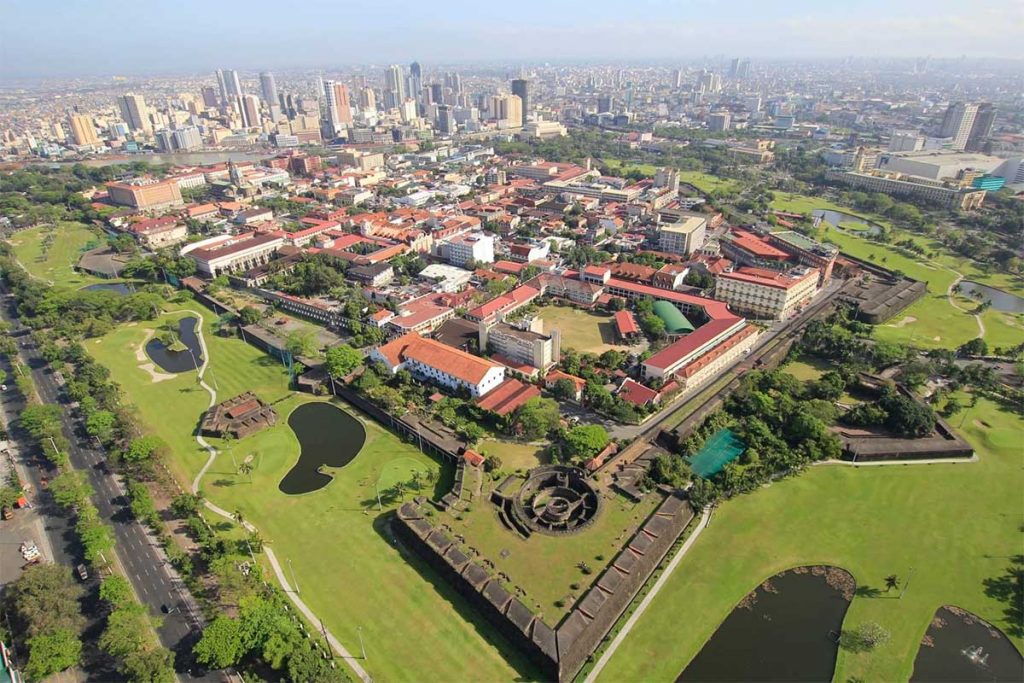
One of the oldest districts and most historical spots in Manila, the name Intramuros came from a Latin word – meaning “within the walls”. This was also known as Ciudad Murada or “walled city” for its most popular feature: a nearly three-mile-long routine of large rock surfaces and fortifications that almost absolutely encompasses the whole region. You can ride a Kalesa (horse with a cart) to tour the place or take a walk and find Fort Santiago, Rizal’s Shrine, San Agustin Chapel and art gallery, Manila Chapel, many little plazas and contemporary dining places, most of which a combination in the nearby structures.
Malacanang Palace
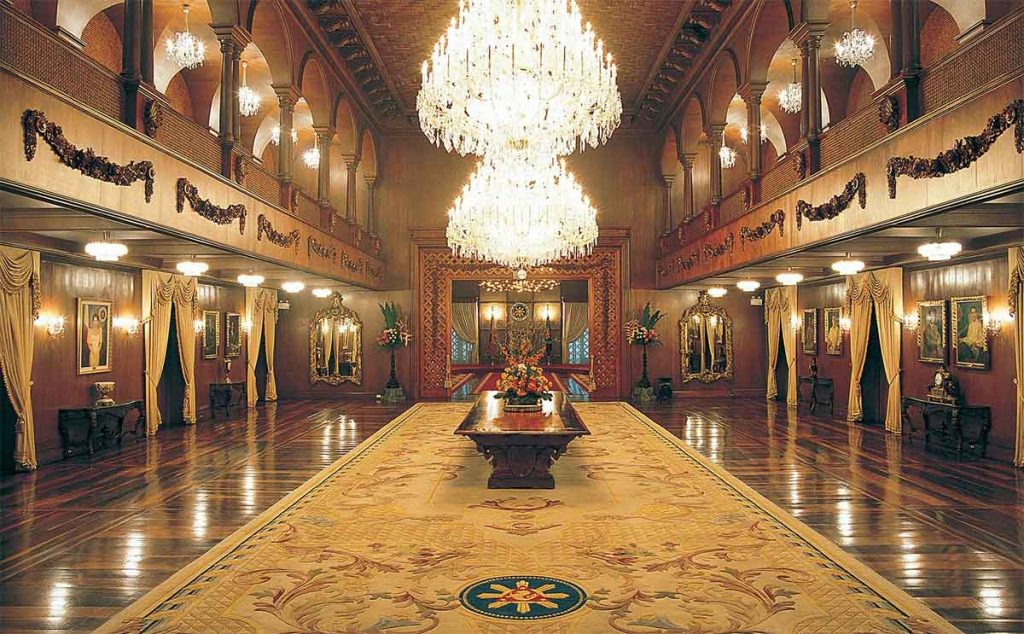
A Spanish Colonial Style house built in 1750 and located at 1000 José P. Laurel Street, San Miguel, Manila. This served as the residence of the Philippine Presidents. To mention a few of what to see in Malacanang Palace are its halls such as Entrance Hall, Heroes Hall, Reception Hall, its grand staircase, museum and library, garden and the Malacanang Park and Bahay Pangarap which was designed as a retreat house. The main features are three buildings used for formal entertainment for government officials, community assemblies, and a rest house across the Pasig River for casual and social activities of the President and the First Family.
Formally known as the Shrine of Mary, Queen of Peace (Our Lady of EDSA), is located at the crossroads of Epifanio de los Santos (EDSA) Avenue and Ortigas Avenue in Quezon City. This was established on December 15, 1989, as a dedication to Mother Mary who believed to be a miraculous intercessor to end the dictatorship during President Marcos’ time in a peaceful manner which has been known as The People Power Revolution of 1986. This shrine is considered to be a holy ground as it witnessed another peaceful People Power in January 2001 that brought the Philippines moral leadership.
Corregidor
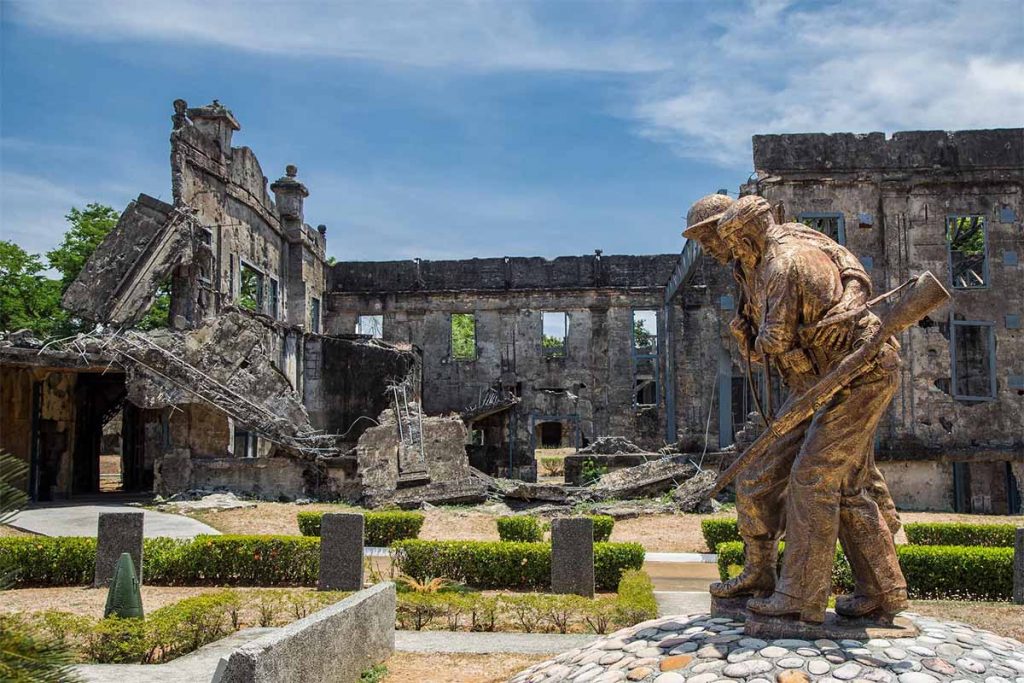
Also known as “the Rock” as it is a small rocky island located at the entrance of Manila Bay. Corregidor served as the headquarters of Allied forces of Filipino and American soldiers who fought against the invading Japanese forces during World War II. Still standing on this island are the big guns which have been the weapons of the great defenders who gave their lives for freedom and justice; ruins of buildings and structures that had protected so many lives; a museum for the different memorabilia and remains of the people who had stayed there especially the former President Manuel L. Quezon; a Pacific War Memorial and the Malinta Tunnel which is a bombed proof where command and communications took place and served as a hospital with 1,000-bed capacity, as well as food and supplies storage. A replica of Corregidor’s jeepney during the Spanish era called “tramvias” is the transportation used for the island tour.
Mendiola
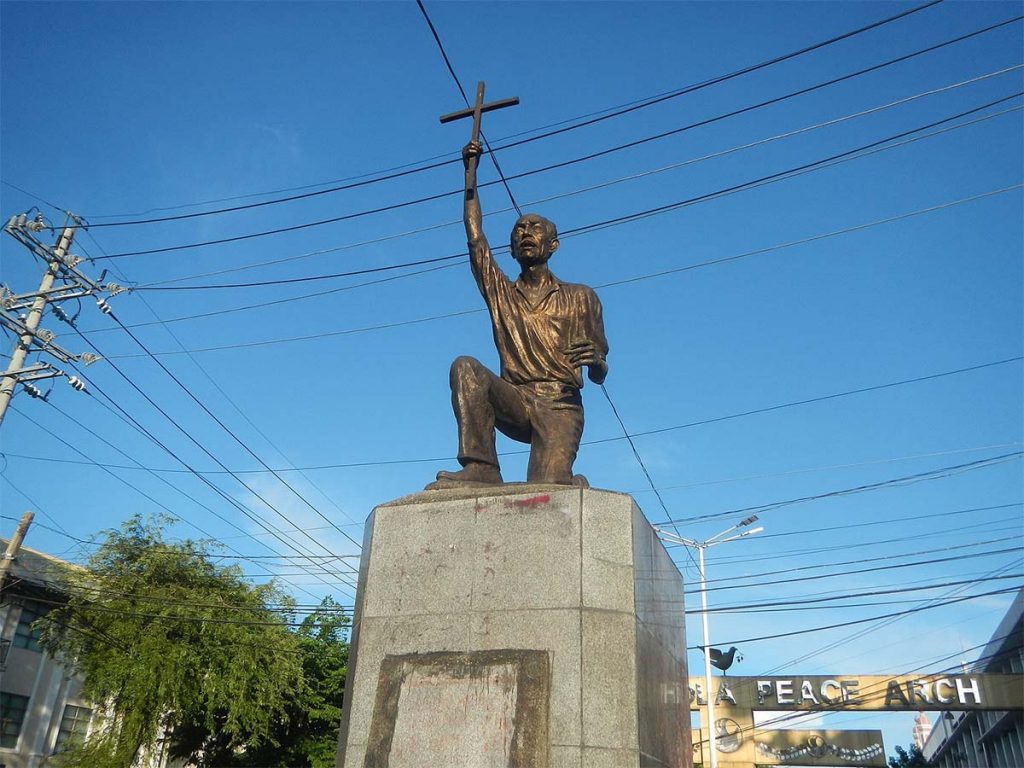
A street in the district of San Miguel, Metro Manila named after Enrique Mendiola, an educator and author. This street is considered to be one of the Philippines’ historical sites as this has always been a part of the many events in Philippine history like the “Battle of Malacanang or Battle of Mendiola Bridge” on January 30, 1970, a protest rally on January 22, 1987, and a protest for former President Joseph Estrada’s arrest on May 1, 2001.
Zapote Bridge
A bridge that connects the Zapote river of Las Pinas City and Bacoor, Cavite, Zapote Bridge played an important role in Philippine history because of the Battle of Zapote Bridge on February 16, 1897, the second largest battle of the Filipino-American War that took place in this site. Monument parks were established on both ends of the bridge These are but just 10 historical places among the rich history the Philippines has. So before one forgets from where he or she came from, sit back, relax, and discover the riches of history that brought us to enjoy the beauty of the Philippine country.


